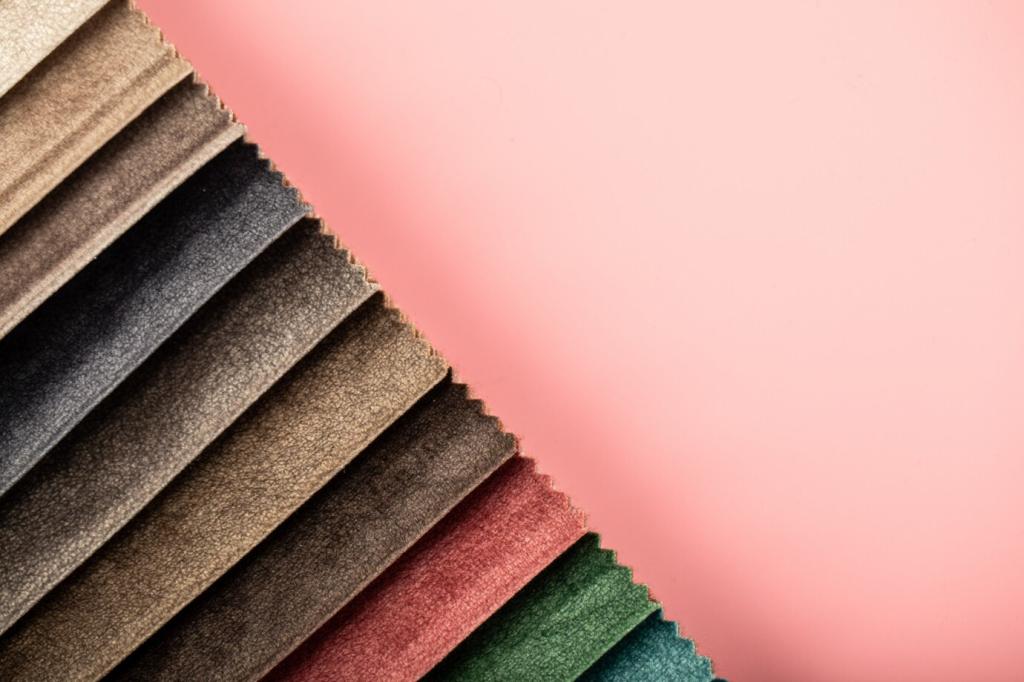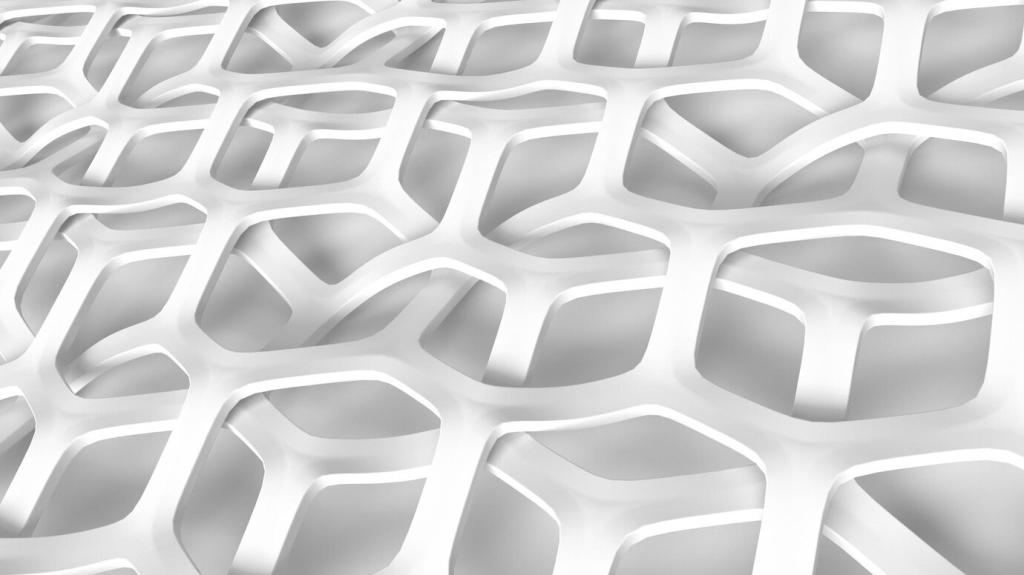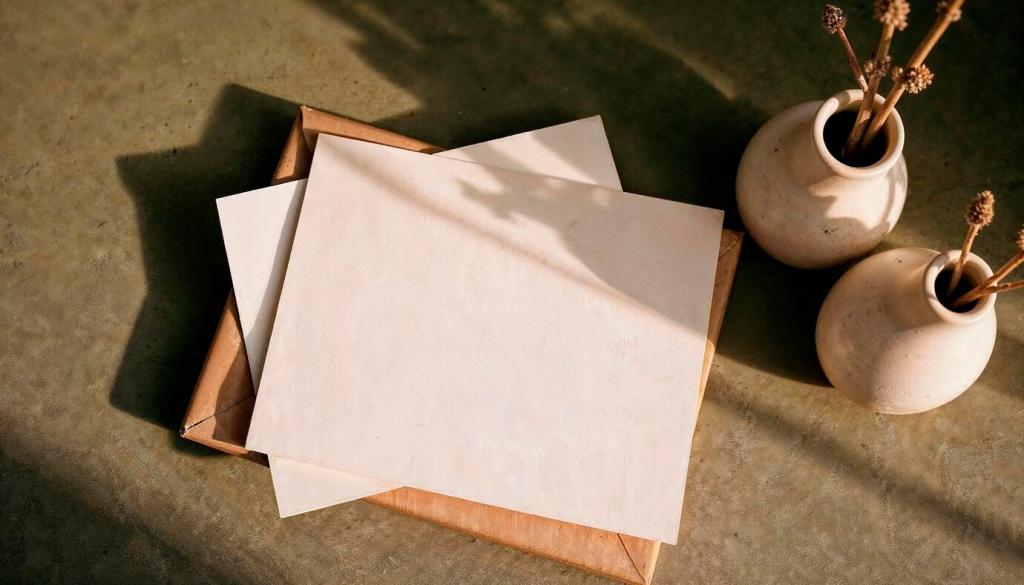Hempcrete and Lime: Breathable Warmth Outside
Hemp-lime’s micro-structure slows temperature swings, reducing peaks and improving comfort. Pair with a durable lime render and proper drip edges. Our readers say rooms feel calmer through heatwaves—have you noticed similar comfort shifts?
Hempcrete and Lime: Breathable Warmth Outside
Protect hemp-lime with raised plinths, generous sills, and breathable lime finishes. A cap flashing or deep eave limits rain exposure. Ask for our detailing sketches if you’re retrofitting an existing frame or designing a new envelope.








